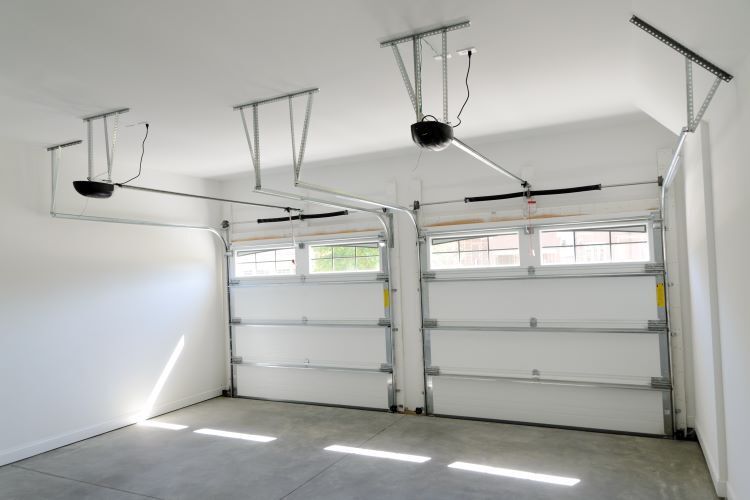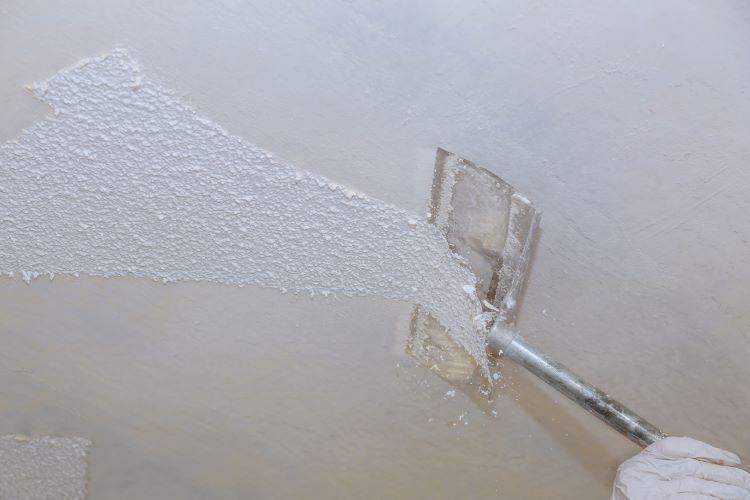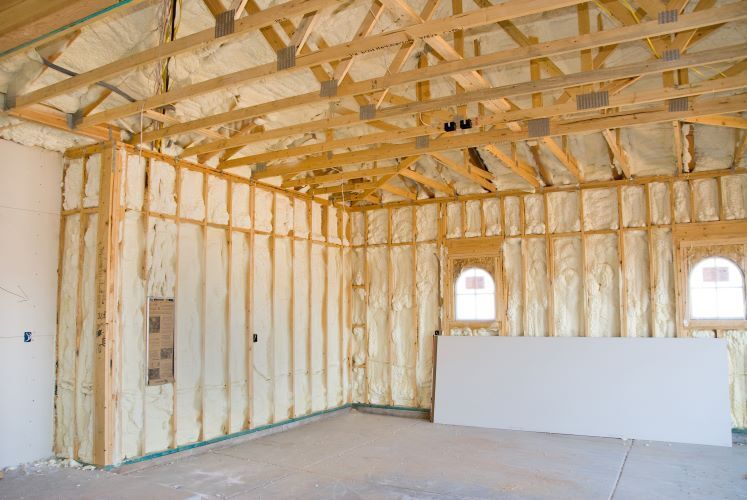Enhance Your Garage with Drywall Installation

Are you looking to transform your garage into a functional and organized space? Whether you're planning to use it as a workshop, storage area, or even an extra living space, proper drywall installation is essential for achieving a polished and finished look. At Calgary Drywallers, serving the Calgary, Alberta area, we understand the significance of garage drywall installation. In this blog post, we'll explore the process of garage drywall installation and why it's an important step in maximizing the potential of your garage space.
Garage Drywall Installation Process:
- Preparation: Before installing drywall, it's essential to prepare the space by clearing out any clutter and ensuring the walls are clean and free from debris. This step may also involve inspecting the walls for any structural issues that need to be addressed before proceeding with installation.
- Measuring and Cutting: Once the walls are prepped, the next step is to measure and cut the drywall sheets to fit the dimensions of the garage walls. Careful measurements are crucial to ensure a precise fit and minimize waste.
- Hanging Drywall: With the drywall sheets cut to size, they are then hung on the garage walls using drywall screws or nails. It's essential to secure the drywall properly to ensure a sturdy and long-lasting installation.
- Taping and Mudding: After the drywall sheets are hung, the seams between the sheets are taped and covered with joint compound, also known as mud. This process, known as taping and mudding, helps create a seamless surface and ensures a smooth finish once the drywall is painted.
- Sanding and Priming: Once the joint compound has dried, the drywall is sanded to smooth out any imperfections and create a uniform surface. After sanding, the drywall is primed to seal the surface and prepare it for painting.
- Painting: The final step in the garage drywall installation process is painting the walls to your desired color. Choosing a high-quality paint specifically designed for use on drywall will ensure a professional-looking finish that stands up to the wear and tear of a garage environment.
Importance of Garage Drywall Installation:
- Improved Appearance: Installing drywall in your garage helps create a clean and finished look, transforming it from a utilitarian space to an extension of your home.
- Enhanced Durability: Drywall provides a durable and resilient surface that can withstand the rigors of everyday use in the garage, such as bumps, scrapes, and impacts from tools and equipment.
- Temperature Regulation: Drywall helps insulate the garage, helping to regulate temperature and reduce heat loss in the winter and heat gain in the summer. This can lead to energy savings and increased comfort.
- Increased Resale Value: A finished garage with drywall walls adds value to your home and can make it more attractive to potential buyers if you decide to sell in the future.
- Customization Options: With drywall in place, you have the flexibility to customize your garage space with shelving, storage solutions, and even decorative finishes to suit your needs and personal style.
In conclusion, garage drywall installation is a crucial step in transforming your garage into a functional and inviting space that complements your home. By investing in professional drywall installation services from Calgary Drywallers, you can ensure a high-quality finish that enhances the appearance, durability, and value of your garage. Contact us today to learn more about our garage drywall installation services and start planning your garage transformation!
You might also like



Request A Free Estimate!
We will get back to you as soon as possible.
Please try again later.
Calgary Drywallers
Navigation
Navigation
Working hours
- Mon - Fri
- -
- Sat - Sun
- Appointment Only
*This is a referral website. All work is performed by professional, licensed contractors.